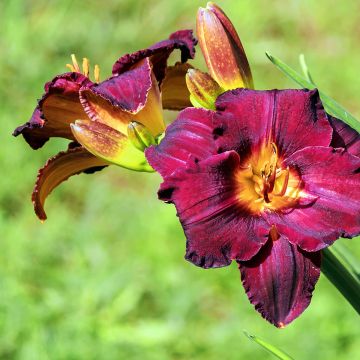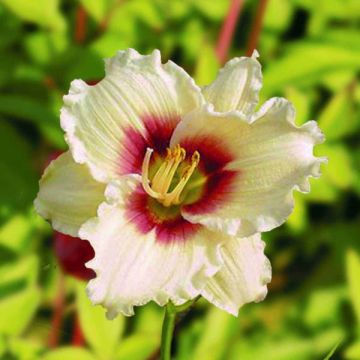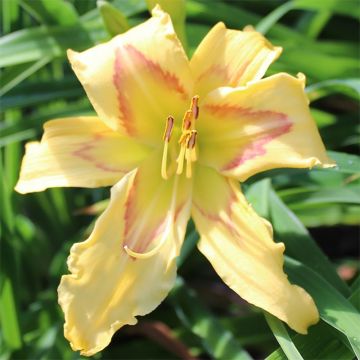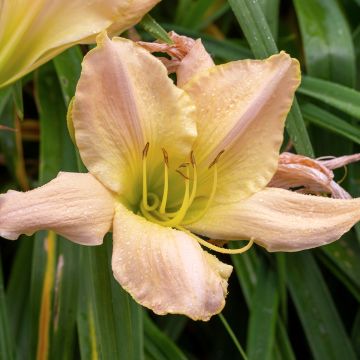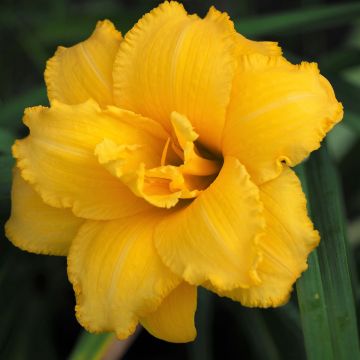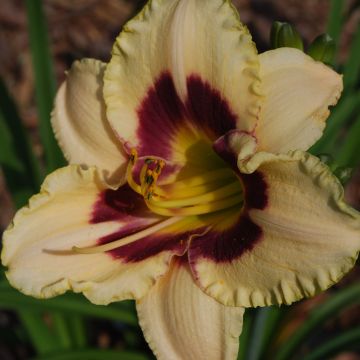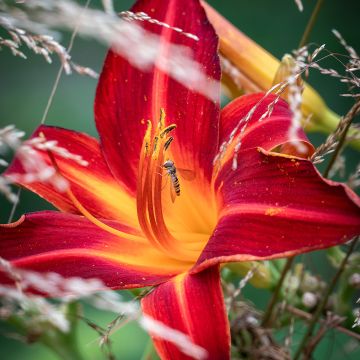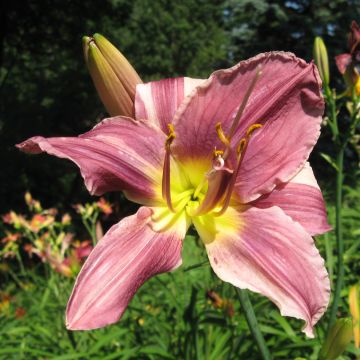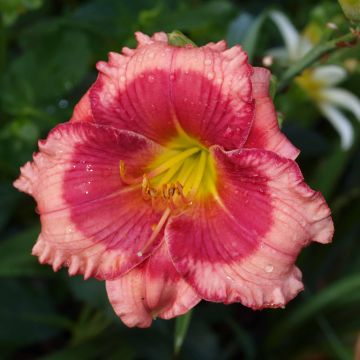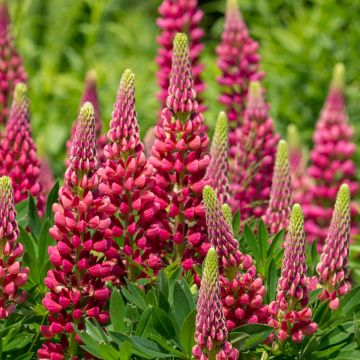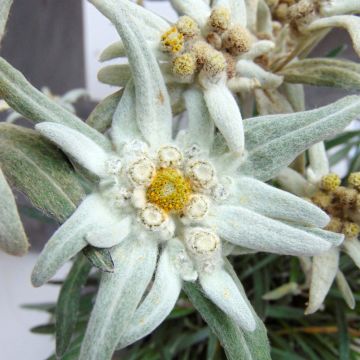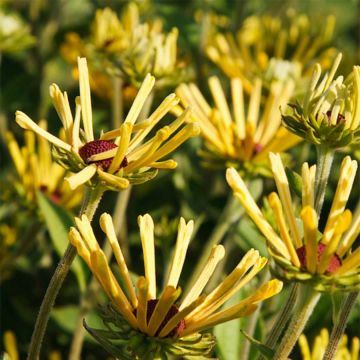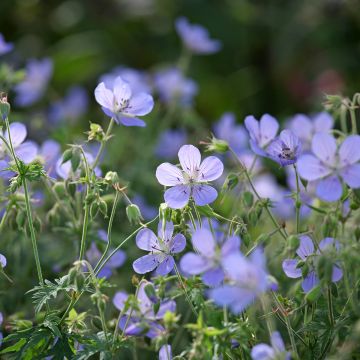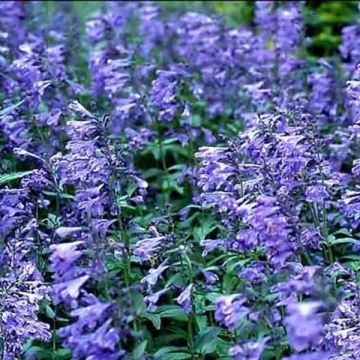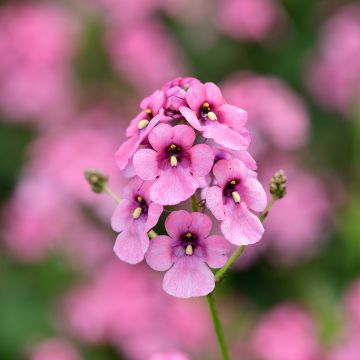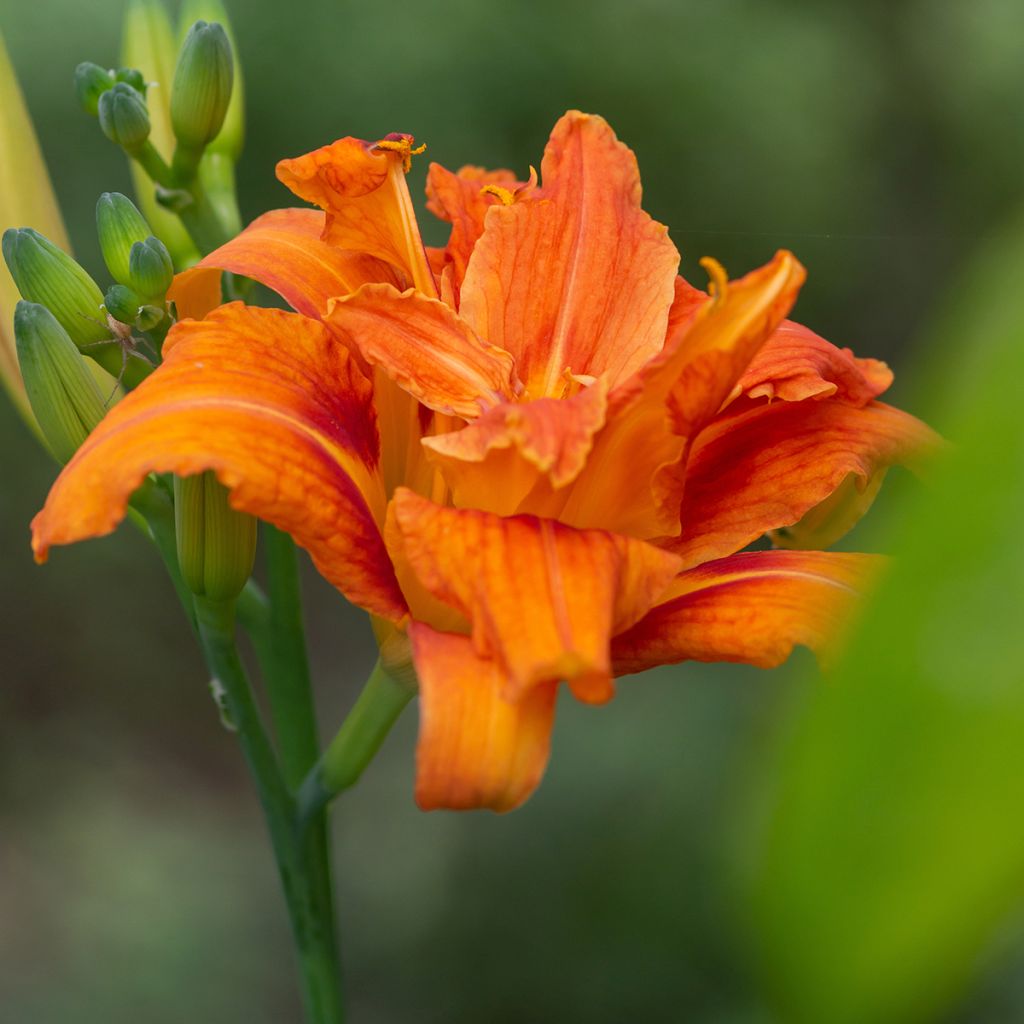

Hemerocallis fulva Flore Pleno - Daylily
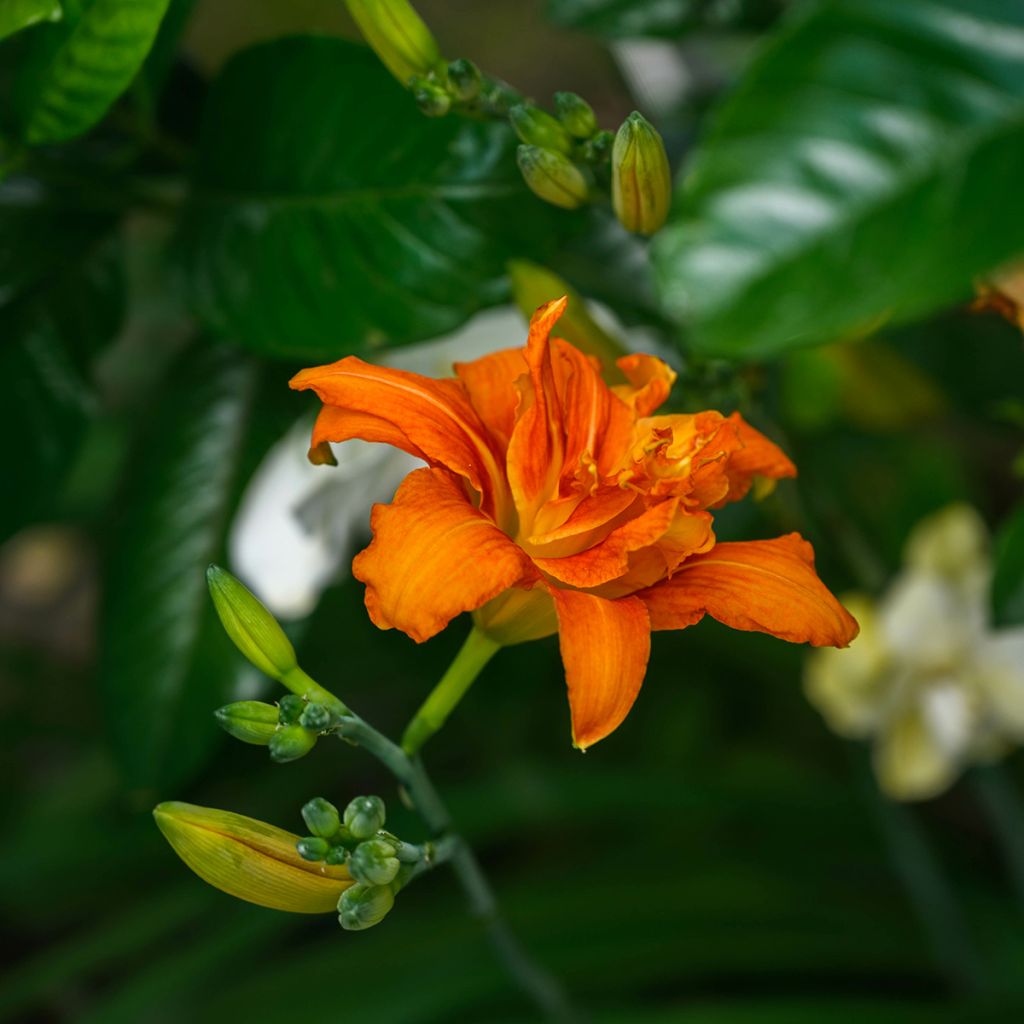

Hemerocallis fulva Flore Pleno - Daylily
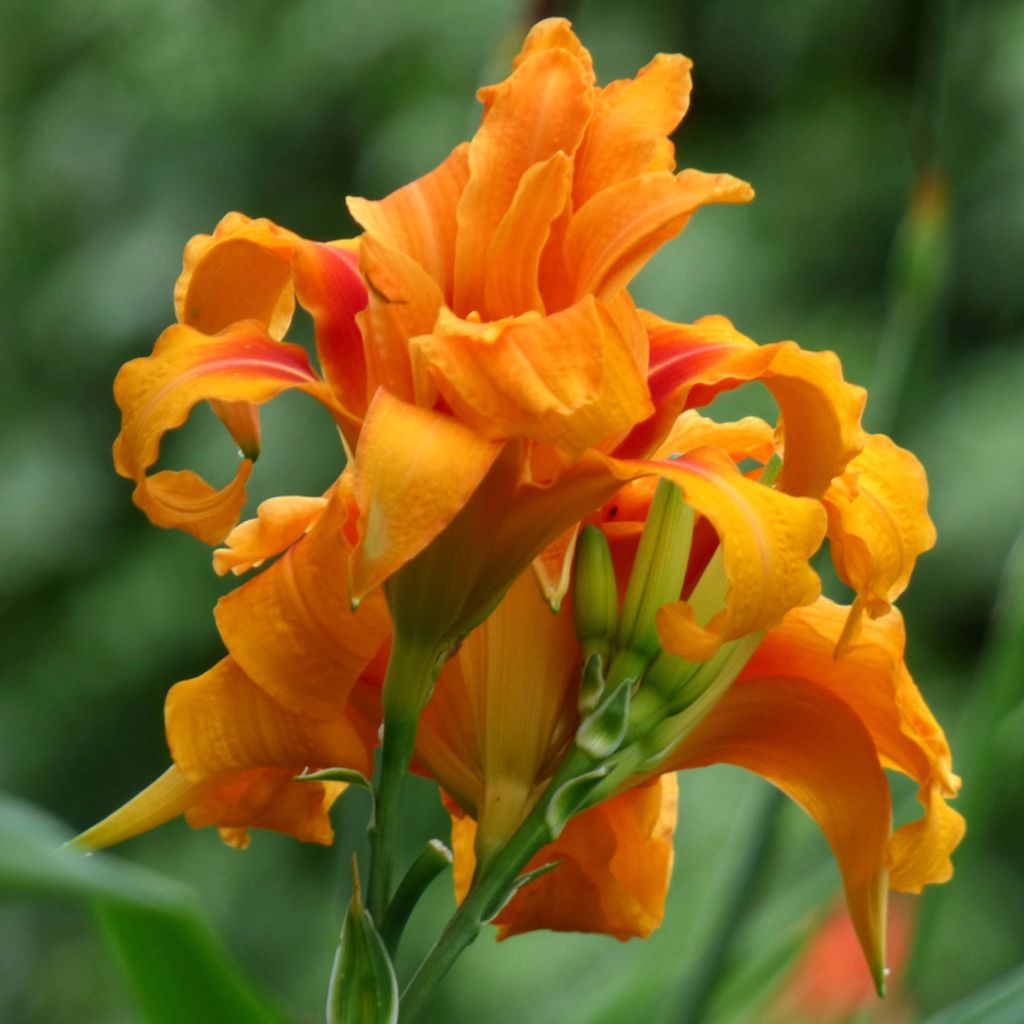

Hemerocallis fulva Flore Pleno - Daylily
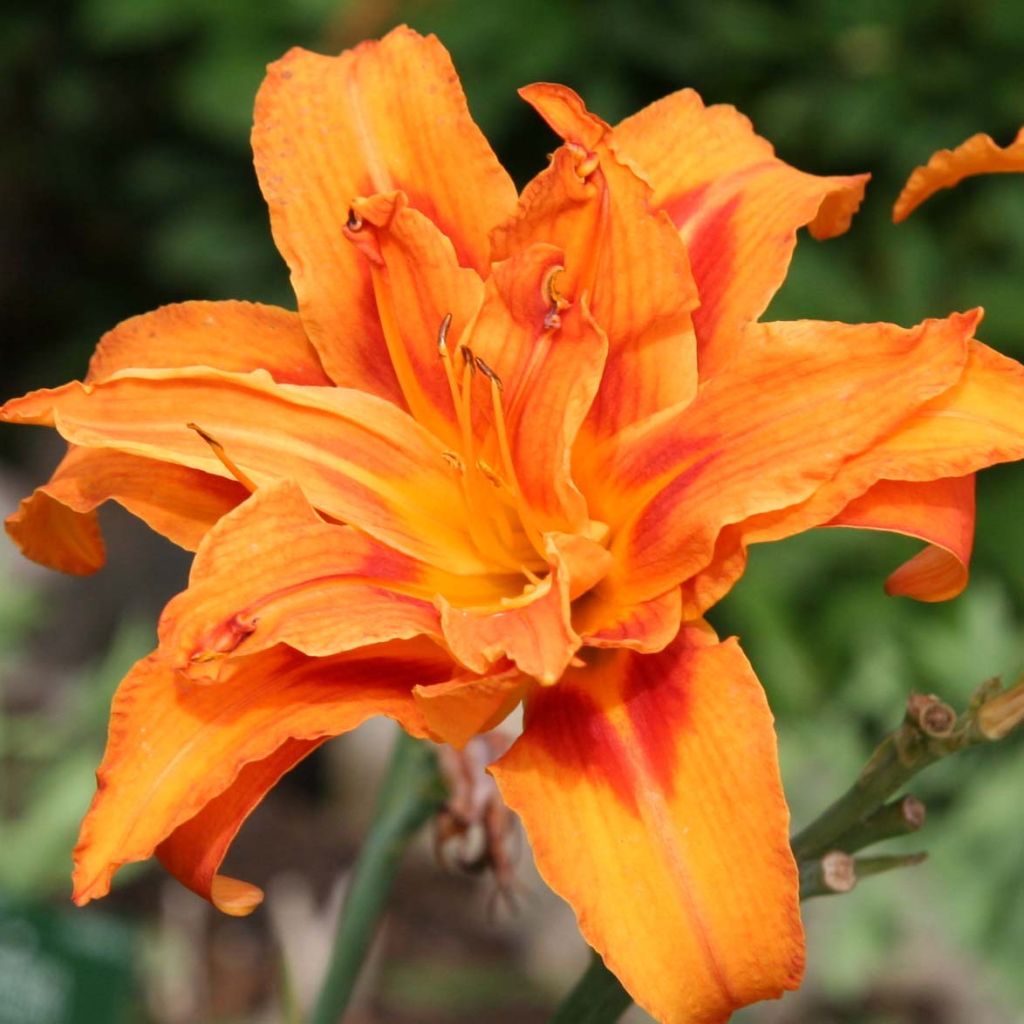

Hemerocallis fulva Flore Pleno - Daylily
Hemerocallis fulva Flore Pleno - Daylily
Hemerocallis fulva Flore Pleno
Orange Day-Lily, Tawny Daylily, Tiger Daylily
The plant has settled but has not flowered yet.
Caroline , 20/08/2024
Special offer!
Receive a €20 voucher for any order over €90 (excluding delivery costs, credit notes, and plastic-free options)!
1- Add your favorite plants to your cart.
2- Once you have reached €90, confirm your order (you can even choose the delivery date!).
3- As soon as your order is shipped, you will receive an email containing your voucher code, valid for 3 months (90 days).
Your voucher is unique and can only be used once, for any order with a minimum value of €20, excluding delivery costs.
Can be combined with other current offers, non-divisible and non-refundable.
Home or relay delivery (depending on size and destination)
Schedule delivery date,
and select date in basket
This plant carries a 12 months recovery warranty
More information
We guarantee the quality of our plants for a full growing cycle, and will replace at our expense any plant that fails to recover under normal climatic and planting conditions.

Would this plant suit my garden?
Set up your Plantfit profile →
Description
The Hemerocallis fulva 'Flore Pleno', which bears the striking name of Fulvous Daylily, is a superb perennial plant that is easy to grow and can withstand most of our soils and climates. This plant has big, flamboyant double flowers and wider foliage that's a pretty bluish-green. It looks amazing every year and will keep doing so if you give it good, deep soil and water it during dry summers. Once the plant is established, it will bloom even in the shade. It's strong and sturdy and will be one of the few plants that can do this.
The Fulvous Daylily Flore Pleno is a perennial plant with fleshy roots and deciduous foliage belonging to the family of Hemerocallidaceae (or Xanthorrhoeaceae). It comes from Hemerocallis fulva, known as the red lily, a botanical species native to central Europe and the Caucasus and naturalised from the centre and southwest of France to Provence. In nature, it is found on the banks of rivers and ditches or in moist woods. Often confused with the 'Kwanzo' form, this daylily, known for a long time (before 1860), is perhaps slightly polymorphous or not very stable in culture. The controversy that agitates the world of enthusiasts leaves this plant indifferent, as it quickly forms a dense clump, reaching, depending on the growing conditions, 80 cm (32in) to 1.20 m (4ft) in height when flowering. The foliage consists of ribbon-like leaves, sometimes reaching 5cm (2in) in width, of a fairly dark green with bluish reflections. Flowering takes place in July-August. The double flowers, in a mix of orange and ochre, are marked by a carmine eye surrounding a yellow throat and crossed by almost red veins. They are 15cm (6in) wide, slightly ruffled, and form a fool's cap. Depending on the flowers, each flower has 12 to 18 slender petals and a variable number of aborted stamens. These ephemeral flowers only live for one day but are continuously renewed on sturdy stems with a few reduced leaves in the form of scales. The foliage disappears in winter.
The Hemerocallis fulva 'Flore Pleno' forms grandiose clusters when planted in groups, especially since its growth is rapid. It is best placed at the back of the cluster as its superb foliage disappears in winter, leaving a yellow and tangled carpet on the ground. It is very beautiful with the blue or mauve flowers of Malva sylvestris, delphiniums, anchusa, or large perennial geraniums (Geranium magnificum, G.psilostemon). Very easy to grow, it succeeds both in partial shade (in hot and sunny climates) and in full sun. The daylily is often described as "the perfect perennial plant" and is known for its beautiful, vibrant colours and ability to grow well in any environment. It can be easily paired with other perennials to create a stunning display. The flowers of the daylily are highly valued for cooking and can be used to make delicious fritters.
Report an error about the product description
Hemerocallis fulva Flore Pleno - Daylily in pictures


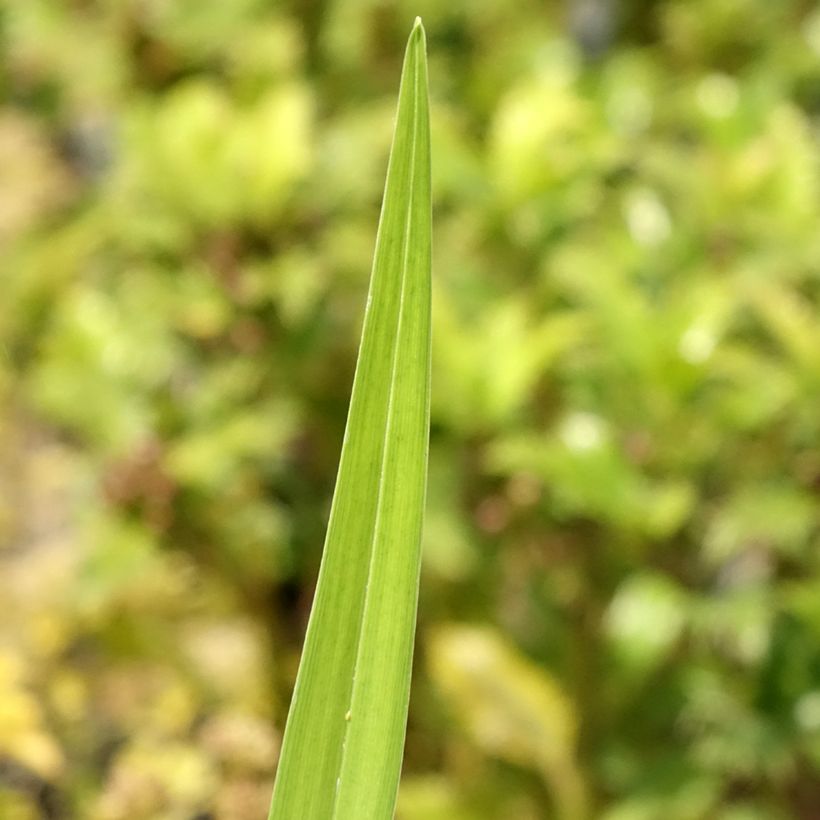

Flowering
Foliage
Plant habit
Botanical data
Hemerocallis
fulva
Flore Pleno
Hemerocallidaceae
Orange Day-Lily, Tawny Daylily, Tiger Daylily
Caucasus
Other Hemerocallis - Daylilies
View all →Planting and care
Plant Hemerocallis fulva 'Flore Pleno' in cool or even slightly damp, deep, well-turned soil, in sun or part-shade. It does well in drier soil, where it will be less opulent and less floriferous, and tolerates limestone very well. Plant young daylilies about 30 cm apart, as it is the mass effect that makes them so beautiful. Mulch the soil to keep it cool and limit weed growth. This is a good way of protecting them from slugs and snails which can be fatal. Be sure to place slug and snail prevention around the edges of your plants. In warm climates, water daylilies regularly to support their flowering. Remove the foliage in winter.
Planting period
Intended location
Care
-
, onOrder confirmed
Reply from on Promesse de fleurs
Similar products
Haven't found what you were looking for?
Hardiness is the lowest winter temperature a plant can endure without suffering serious damage or even dying. However, hardiness is affected by location (a sheltered area, such as a patio), protection (winter cover) and soil type (hardiness is improved by well-drained soil).

Photo Sharing Terms & Conditions
In order to encourage gardeners to interact and share their experiences, Promesse de fleurs offers various media enabling content to be uploaded onto its Site - in particular via the ‘Photo sharing’ module.
The User agrees to refrain from:
- Posting any content that is illegal, prejudicial, insulting, racist, inciteful to hatred, revisionist, contrary to public decency, that infringes on privacy or on the privacy rights of third parties, in particular the publicity rights of persons and goods, intellectual property rights, or the right to privacy.
- Submitting content on behalf of a third party;
- Impersonate the identity of a third party and/or publish any personal information about a third party;
In general, the User undertakes to refrain from any unethical behaviour.
All Content (in particular text, comments, files, images, photos, videos, creative works, etc.), which may be subject to property or intellectual property rights, image or other private rights, shall remain the property of the User, subject to the limited rights granted by the terms of the licence granted by Promesse de fleurs as stated below. Users are at liberty to publish or not to publish such Content on the Site, notably via the ‘Photo Sharing’ facility, and accept that this Content shall be made public and freely accessible, notably on the Internet.
Users further acknowledge, undertake to have ,and guarantee that they hold all necessary rights and permissions to publish such material on the Site, in particular with regard to the legislation in force pertaining to any privacy, property, intellectual property, image, or contractual rights, or rights of any other nature. By publishing such Content on the Site, Users acknowledge accepting full liability as publishers of the Content within the meaning of the law, and grant Promesse de fleurs, free of charge, an inclusive, worldwide licence for the said Content for the entire duration of its publication, including all reproduction, representation, up/downloading, displaying, performing, transmission, and storage rights.
Users also grant permission for their name to be linked to the Content and accept that this link may not always be made available.
By engaging in posting material, Users consent to their Content becoming automatically accessible on the Internet, in particular on other sites and/or blogs and/or web pages of the Promesse de fleurs site, including in particular social pages and the Promesse de fleurs catalogue.
Users may secure the removal of entrusted content free of charge by issuing a simple request via our contact form.
The flowering period indicated on our website applies to countries and regions located in USDA zone 8 (France, the United Kingdom, Ireland, the Netherlands, etc.)
It will vary according to where you live:
- In zones 9 to 10 (Italy, Spain, Greece, etc.), flowering will occur about 2 to 4 weeks earlier.
- In zones 6 to 7 (Germany, Poland, Slovenia, and lower mountainous regions), flowering will be delayed by 2 to 3 weeks.
- In zone 5 (Central Europe, Scandinavia), blooming will be delayed by 3 to 5 weeks.
In temperate climates, pruning of spring-flowering shrubs (forsythia, spireas, etc.) should be done just after flowering.
Pruning of summer-flowering shrubs (Indian Lilac, Perovskia, etc.) can be done in winter or spring.
In cold regions as well as with frost-sensitive plants, avoid pruning too early when severe frosts may still occur.
The planting period indicated on our website applies to countries and regions located in USDA zone 8 (France, United Kingdom, Ireland, Netherlands).
It will vary according to where you live:
- In Mediterranean zones (Marseille, Madrid, Milan, etc.), autumn and winter are the best planting periods.
- In continental zones (Strasbourg, Munich, Vienna, etc.), delay planting by 2 to 3 weeks in spring and bring it forward by 2 to 4 weeks in autumn.
- In mountainous regions (the Alps, Pyrenees, Carpathians, etc.), it is best to plant in late spring (May-June) or late summer (August-September).
The harvesting period indicated on our website applies to countries and regions in USDA zone 8 (France, England, Ireland, the Netherlands).
In colder areas (Scandinavia, Poland, Austria...) fruit and vegetable harvests are likely to be delayed by 3-4 weeks.
In warmer areas (Italy, Spain, Greece, etc.), harvesting will probably take place earlier, depending on weather conditions.
The sowing periods indicated on our website apply to countries and regions within USDA Zone 8 (France, UK, Ireland, Netherlands).
In colder areas (Scandinavia, Poland, Austria...), delay any outdoor sowing by 3-4 weeks, or sow under glass.
In warmer climes (Italy, Spain, Greece, etc.), bring outdoor sowing forward by a few weeks.






























